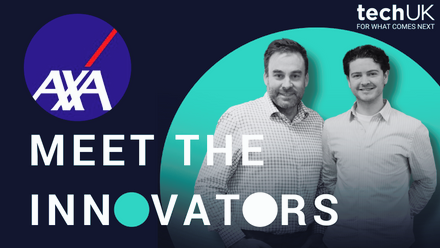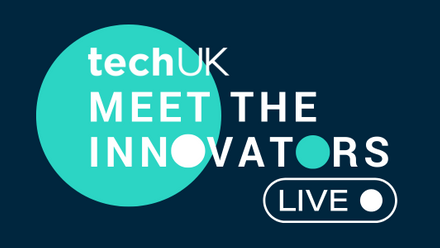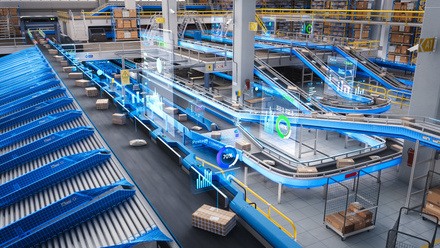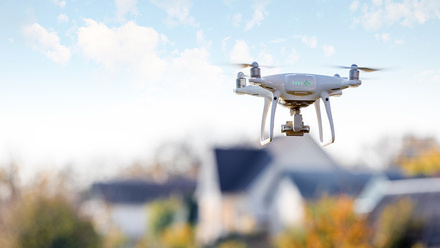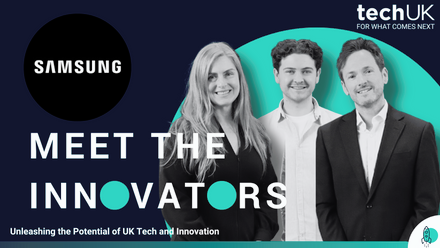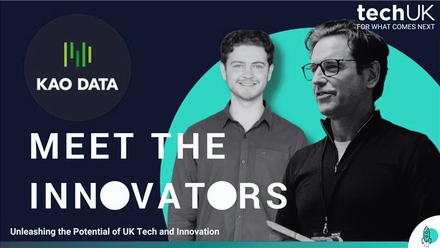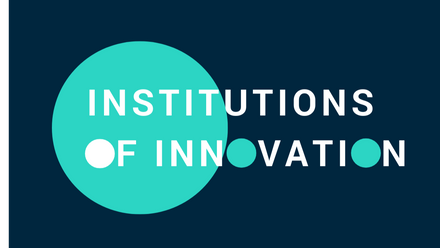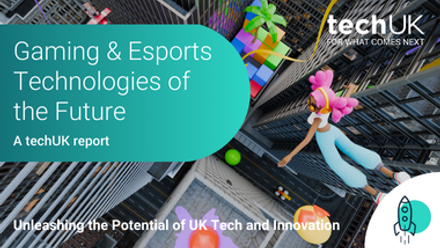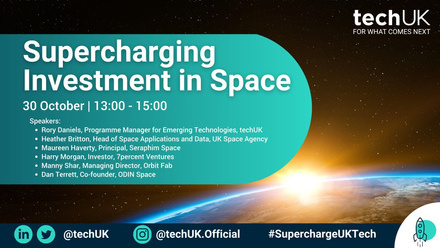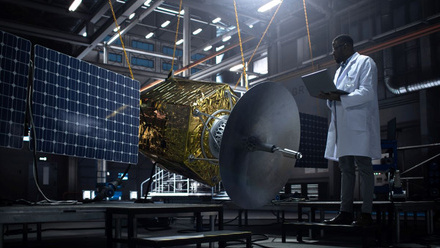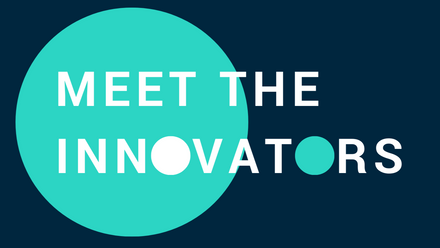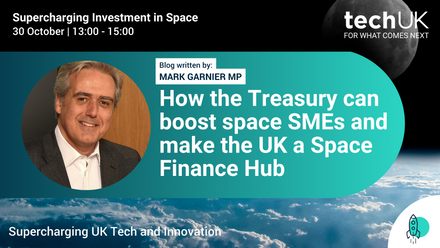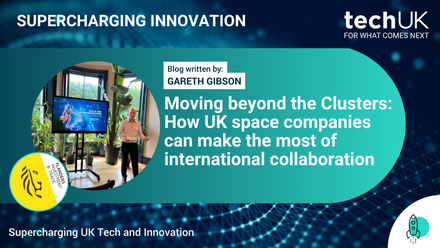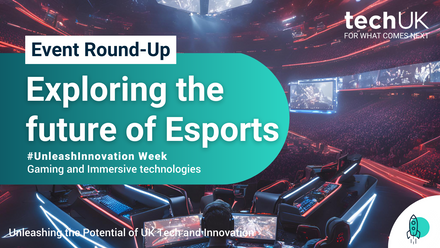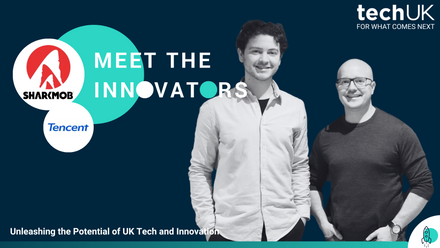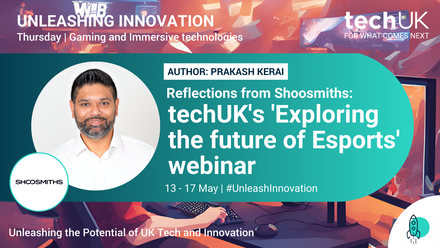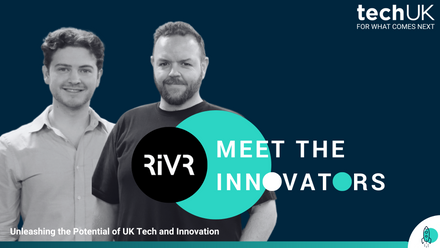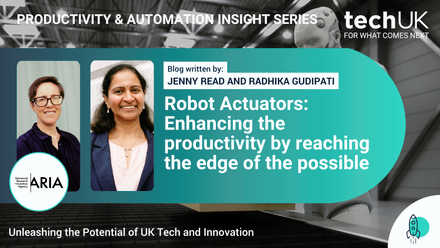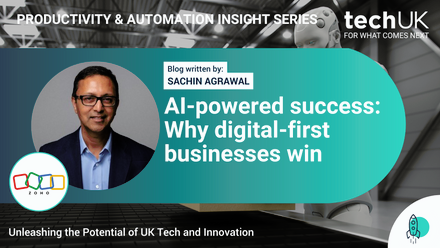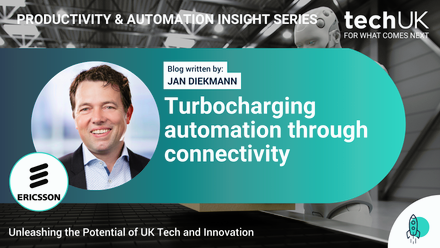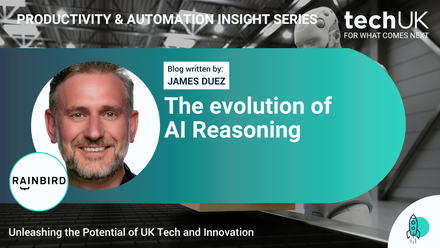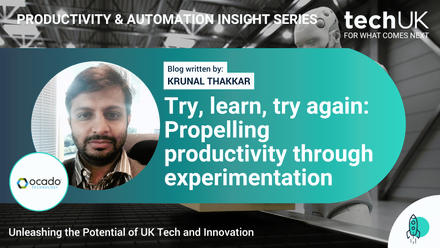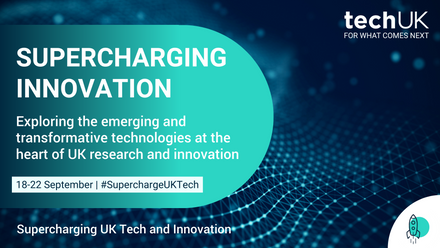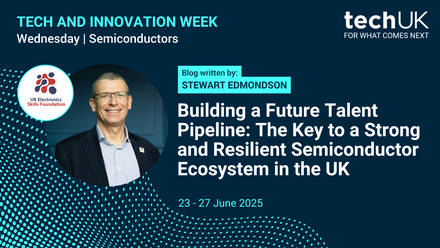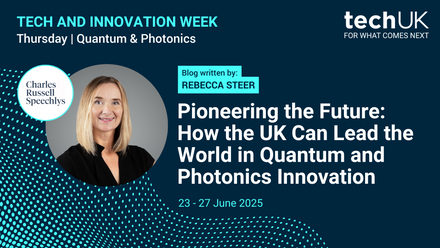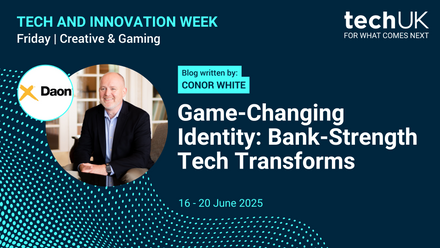Taking gaming up a level with edge
Gaming is an extremely competitive market. In the UK, revised 2023 figures saw gaming worth more than £7.8 billion per year, as people spent an average of seven and a half hours, per week, playing online1.
User experience has become the battleground for these billions. Games that lag or crash, will fail. As a result, edge computing infrastructure has caught the eye of a gaming industry hungry to impress.
Level 1: Localised edge caching
Even before a new release or update is played, gamers can face hours of download delay.
Updates are often large and put a significant strain on the network. For example, the release of Call of Duty: Modern Warfare III resulted in Virgin Media O2 seeing its busiest spike on record for network traffic.
And as more gamers play bigger, more graphically-intense games, the amount of data associated with updates is only going to increase.
To ease the pressure on the networks and reduce download times, publishers are caching video game updates in localised points of presence (PoPS) within their target markets. This mandates secure servers in edge locations across the country.
Level 2: Optimising multiplayer gaming
Multiplayer gaming is becoming more prevalent, illustrated by the popularity of titles like Fortnite or Roblox. Gaming companies face the challenge of optimising multiple game experiences, whilst handling the unpredictability of gamers interaction.
In these games, parity is critical. Gamers do not enjoy it when they feel that an opponent or teammate was able to react to something, before they even had a chance.
Technically, this depends on the location of the server in relation to the gamer, and how the network is routed to connect them.
Because gaming companies cannot control individual gamers’ internet connections, they leverage specialised servers that match players with similar performing connections.
Companies such as Edgegap, deploy a highly distributed architecture of more than 550 gaming servers in edge datacentres to ensure consistent response and availability.
Level 3: The rise of cloud gaming
Cloud gaming uses the compute and storage power of the cloud, rather than a device or console. This offers high-end games on-demand and on-the-go, without having to buy expensive consoles. This accessibility is driving global cloud gaming market set to hit 80 million paying users by 20252.
But cloud gaming must deliver a user experience on par with a console. That means high-resolution, reliable experiences, and low latency.
Low latency is vital to ensuring that the interaction between the player's input and the game's response feels instantaneous and fluid. The slightest delay can disrupt immersion and lead to frustration.
To deliver this, the games should be hosted in an edge cloud environment as close to the gamer as possible. This reduces network hops (which increase latency and decrease reliability) and minimises the physical distance the data must travel between the game server and player.
Level 4: Esports
Viewership for esports tournaments and competitions is increasing. Gaming specialists Newzoo reports that ‘esports enthusiasts’ will grow to 318 million in 2025, as part of a total audience in excess of 640 million3. The 2022 Commonwealth Games saw esports included as a pilot event, with the possibility of it being included as a medal event by 2026.
To provide the best experience for both these professional gamers and the audience, connectivity to - and within - the venues must be excellent. Purpose-built stadia have such infrastructure, but pre-existing venues often need upgrading.
Additional network overlays and edge datacentres can scale up compute resources ‘on demand’ to deliver this excellence, for both tournament players and the viewers sharing the experience.
Level 5: New devices
The evolution of gaming cannot ignore the rise of virtual reality (VR).
Industry experts believe that by 2024, VR game revenue will hit $3.2bn4. But, to make the experience enjoyable on VR headsets, immersive games must eliminate lag, enabling the game to react almost instantly as the user interacts with the environment. If the games are not completely responsive, players experience a feeling similar to motion sickness and stop play.
Edge computing infrastructure, can ensure the lowest latencies possible. They can also help to make these types of experiences more accessible, by offloading some of the compute power, from the headset to the edge. This makes the headsets cheaper, lighter and more comfortable to wear.
The end of level boss: driving gaming as part of the UK creative economy
In the UK, the gaming industry is a multi-billion-pound success story. It continues to innovate, driven by end users that are willing to pay for an augmented experience. As one of the fastest-growing components of the £108bn creative sector in the UK5, gaming is set to drive real economic value. But to capitalise on this, the infrastructure across the UK must reflect the increased demands of this market.
View all campaign week content
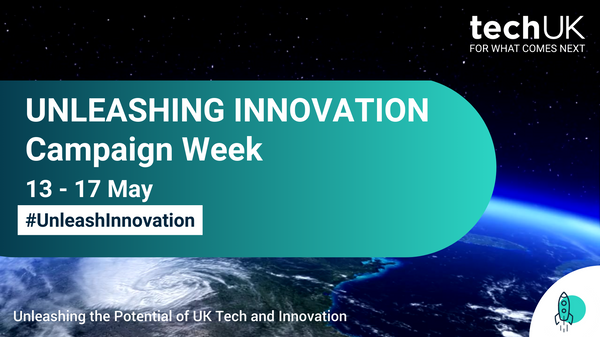
techUK – Unleashing UK Tech and Innovation
The UK is home to emerging technologies that have the power to revolutionise entire industries. From quantum to semiconductors; from gaming to the New Space Economy, they all have the unique opportunity to help prepare for what comes next.
techUK members lead the development of these technologies. Together we are working with Government and other stakeholders to address tech innovation priorities and build an innovation ecosystem that will benefit people, society, economy and the planet - and unleash the UK as a global leader in tech and innovation.
For more information, or to get in touch, please visit our Innovation Hub and click ‘contact us’.
Latest news and insights
Other forms of content
Sprint Campaigns
techUK's sprint campaigns explore how emerging and transformative technologies are developed, applied and commercialised across the UK's innovation ecosystem.
Activity includes workshops, roundtables, panel discussions, networking sessions, Summits, and flagship reports (setting out recommendations for Government and industry).
Each campaign runs for 4-6 months and features regular collaborations with programmes across techUK.
techUK's latest sprint campaign is on Robotics & Automation technologies. Find out how to get involved by clicking here.
Running from September to December 2023, this sprint campaign explored how the UK can lead on the development, application and commercialisation of space technologies, bring more non-space companies into the sector, and ultimately realise the benefits of the New Space Economy.
These technologies include AI, quantum, lasers, robotics & automation, advanced propulsion and materials, and semiconductors.
Activity has taken the form of roundtables, panel discussions, networking sessions, Summits, thought leadership pieces, policy recommendations, and a report. The report, containing member case studies and policy recommendations, was launched in March 2024 at Satellite Applications Catapult's Harwell campus.
Get in touch below to find out more about techUK's ongoing work in this area.
Event round-ups
Report
Insights
Get in touch
Running from January to May 2024, this sprint campaign explored how the UK can lead on the development, application and commercialisation of the technologies set to underpin the Gaming & Esports sector of the future.
These include AI, augmented / virtual / mixed / extended reality, haptics, cloud & edge computing, semiconductors, and advanced connectivity (5/6G).
Activity took the form of roundtables, panel discussions, networking sessions, Summits, and thought leadership pieces. A report featuring member case studies and policy recommendations was launched at The National Videogame Museum in November 2024.
Get in touch below to find out more about techUK's future plans in this space.
Report
Event round-ups
Insights
Get in touch
Running from July to December 2024, this sprint campaign explored how the UK can lead on the development, application and commercialisation of web3 and immersive technologies.
These include blockchain, smart contracts, digital assets, augmented / virtual / mixed / extended reality, spatial computing, haptics and holograms.
Activity took the form of roundtables, workshops, panel discussions, networking sessions, tech demos, Summits, thought leadership pieces, policy recommendations, and a report (to be launched in 2025).
Get in touch below to find out more about techUK's future plans in this space.
Event round-ups
Insights
Get in touch
Running from February to June 2025, this sprint campaign is exploring how the UK can lead on the development, application and commercialisation of robotic & automation technologies.
These include autonomous vehicles, drones, humanoids, and applications across industry & manufacturing, defence, transport & mobility, logistics, and more.
Activity is taking the form of roundtables, workshops, panel discussions, networking sessions, tech demos, Summits, thought leadership pieces, policy recommendations, and a report (to be launched in Q4 2025).
Get in touch below to get involved or find out more about techUK's future plans in this space.
Upcoming events
Insights
Event round-ups
Get in touch
Campaign Weeks
Our annual Campaign Weeks enable techUK members to explore how the UK can lead on the development and application of emerging and transformative technologies.
Members do this by contributing blogs or vlogs, speaking at events, and highlighting examples of best practice within the UK's tech sector.
Summits
Tech and Innovation Summit 2025
Tech and Innovation Summit 2023
Tech and Innovation Summit 2024
Receive our Tech and Innovation insights
Sign-up to get the latest updates and opportunities across Technology and Innovation.

Rory Daniels
Rory joined techUK in June 2023 after three years in the Civil Service on its Fast Stream leadership development programme.

Laura Foster
Laura is techUK’s Associate Director for Technology and Innovation.






